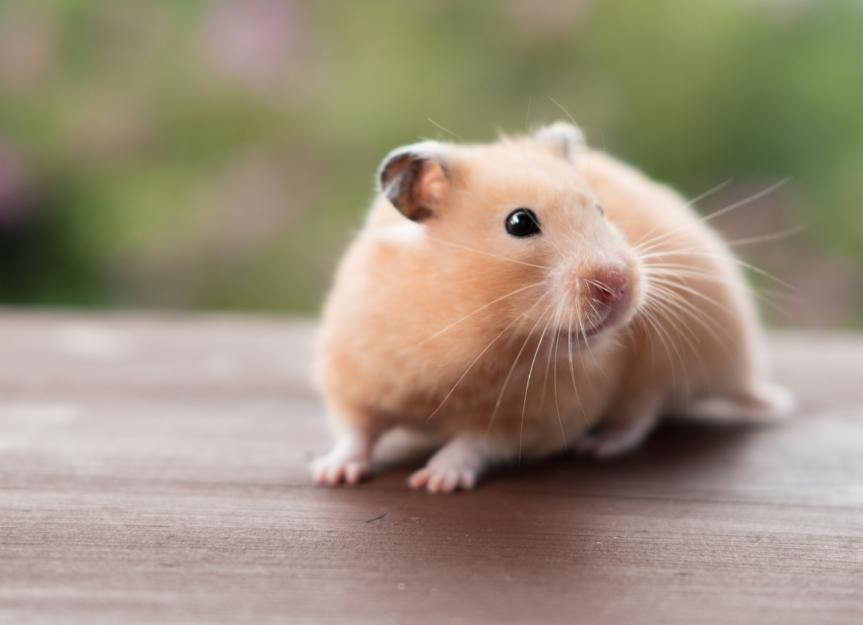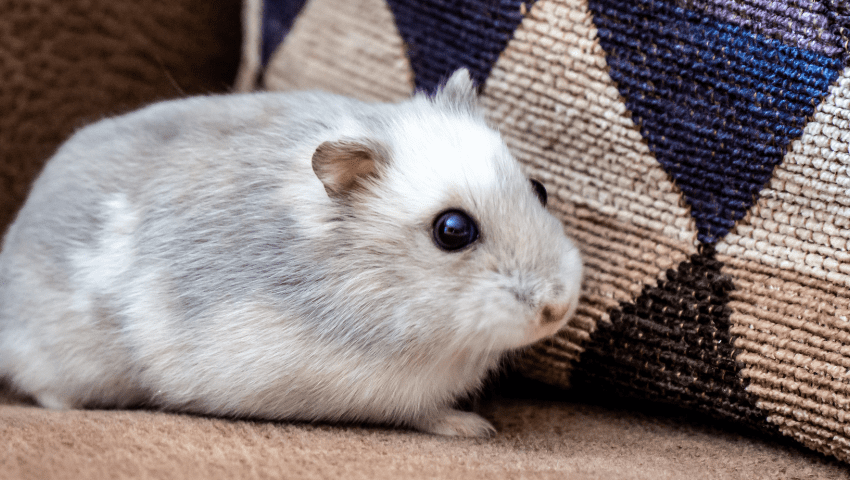Common Hamster Breeds
Understanding Popular Hamster Breeds
Hamsters are popular pets known for their small size, playful nature, and relative ease of care. Within the hamster community, different **breeds** exhibit various characteristics in terms of appearance and temperament. Understanding the common hamster breeds can help pet owners make informed decisions about their pet selection. This article outlines some of the most popular hamster breeds and their unique traits.

Syrian Hamster
The **Syrian hamster**, also known as the golden hamster, is the most well-known breed among hamsters. Typically solitary and territorial, they require their own space and do not do well when housed together. Syrian hamsters exhibit a range of colors and coat patterns, including golden, cream, and black. They can grow up to 6-8 inches long and have a life expectancy of about 2-3 years. This breed is particularly friendly when tamed early in life, and they enjoy human interaction, making them ideal pets for families.
Dwarf Hamster Breeds
Dwarf hamsters are smaller in size compared to Syrians and generally available in two popular types: the Roborovski and Campbell’s dwarf hamster. The Roborovski dwarf hamsters are the smallest breed, measuring about 4 inches long and known for their lively behavior. They can be kept in pairs or small groups, which can provide an amusing and interactive habitat. On the other hand, Campbell’s dwarf hamsters are slightly larger, approximately 4-5 inches long, and display friendly behaviors but can be territorial if housed together without proper space.
Roborovski Hamster vs. Campbell’s Hamster
When comparing the **Roborovski** to **Campbell’s** dwarf hamsters, their differences in temperament stand out. Roborovski hamsters tend to be more active and shy, making them fun to watch as they scuttle around their cage, while Campbell’s hamsters often exhibit more social behavior. In terms of care, both breeds require similar habitats but may have different dietary needs due to their varying sizes and activity levels. Appropriate socialization and enrichment are essential to enhance their quality of life while in captivity.
Caring for Your Hamster Breed
Caring correctly for your hamster is crucial, regardless of the breed. Hamsters generally thrive with proper food, exercise, and clean living conditions. They are nocturnal creatures and often enjoy exploring their habitats at night. Owners should provide sufficient bedding, chew toys, and a hamster wheel for exercise to prevent boredom. Regular cage cleaning and a balanced diet of pellets, fresh fruits, and vegetables, like carrots and apples in moderation, can ensure your pet remains healthy.
Habitat Requirements
Creating an appropriate habitat is fundamental to your hamster’s well-being. The cage should be spacious, offering at least 24” x 12” of floor space for a Syrian hamster and slightly smaller for dwarf hamsters. Essential items include a solid-bottom cage, substrate bedding (non-toxic and absorbent), a good quality food bowl, a water bottle, and toys for mental stimulation. Avoid wire-bottomed cages, as they can harm the hamster’s feet. Moreover, ensure it’s well-ventilated while keeping them away from drafts and direct sunlight.
Health and Maintenance
Maintaining your hamster’s health requires regular check-ups and attention to diet. **Common health issues** include wet tail, respiratory diseases, and dental problems, which can arise if dietary needs are not met. Ensuring a clean habitat and providing opportunities for natural behaviors such as burrowing and hiding are crucial to prevent stress-related illnesses. Regular monitoring for behavioral changes is important to catch potential health issues early, leading to better outcomes. Always consult a veterinarian experienced with rodents for specific health concerns.
Choosing the Right Hamster for Your Family
Selecting the right hamster for your family can significantly influence the enjoyment and experience you’ll have as a pet owner. Not all hamster breeds share the same temperament, and understanding these distinctions can help match your lifestyle with the right breed. Families with young children may prefer a **Syrian hamster**, as they tend to be very tolerant. However, if you’re looking for a more active and lively pet, dwarf hamsters could be an excellent choice.
Personality Traits of Hamster Breeds
Each breed showcases distinct personality traits which can affect your choice. While **Syrian hamsters** are often described as friendly, dwarf hamsters, though small, can be cheeky and adventurous. Observing the individual personalities at pet stores or breeders can be beneficial as well. Remember, socialization from a young age plays a crucial role in how a hamster behaves with humans. Early experiences shape a hamster’s reactions and willingness to engage positively.
Adopting vs. Purchasing a Hamster
Considering adopting a hamster from rescue organizations or shelters can be a noble option compared to purchasing one from a pet store. Rescued hamsters often need loving homes, and you might find unique or mixed-breed hamsters looking for care. Additionally, reputable shelters provide insights into the hamster’s behavior, helping you make a more informed decision. This practice not only assists in making space for other animals in need but also enriches your life with a furry companion.
Key Takeaways
- Understanding the characteristics of **common hamster breeds** aids in selecting a pet that fits your lifestyle.
- Regular maintenance, a suitable habitat, and a healthy diet are key to a happy hamster.
- Personality traits vary among breeds; care should be taken when pairing them with families.
- Considering adoption can provide loving homes for hamsters in need and give you a unique pet.
FAQ
1. What is the average lifespan of common hamster breeds?
The lifespan of common hamster breeds typically ranges from 2 to 3 years. However, some breeds, such as dwarf hamsters, may live slightly longer under optimal care. Proper nutrition, a suitable habitat, and regular veterinary check-ups can contribute positively to their longevity.
2. Can different hamster breeds be housed together?
Generally, housing different hamster breeds together is not recommended. Syrian hamsters are solitary and territorial, while some dwarf species can live in pairs or small groups, but careful attention to space and behavior is crucial. Always monitor their interactions to prevent fights and stress.
3. What type of food should I feed my hamster?
A balanced diet for hamsters includes high-quality commercial hamster pellets, fresh fruits, vegetables, and occasional treats. Avoid sugary or fatty foods; moderation is key. Always ensure fresh water is available daily to keep them hydrated.
4. How much space does a hamster need in its cage?
Syrian hamsters require about 24” x 12” of floor space, while dwarf hamsters can live comfortably in slightly smaller spaces. It’s essential to provide ample room for exercise and ensure that the cage offers vertical space with levels, tunnels, and hiding spots to create an enriching environment.
5. What are common behavioral signs of stress in hamsters?
Signs of stress in hamsters can include excessive chewing, hiding, or lethargy. Changes in eating habits, increased aggression, and a desire to escape are also indicators. Regular interaction, an appropriate habitat, and consistent routines help reduce stress levels in your pet.
